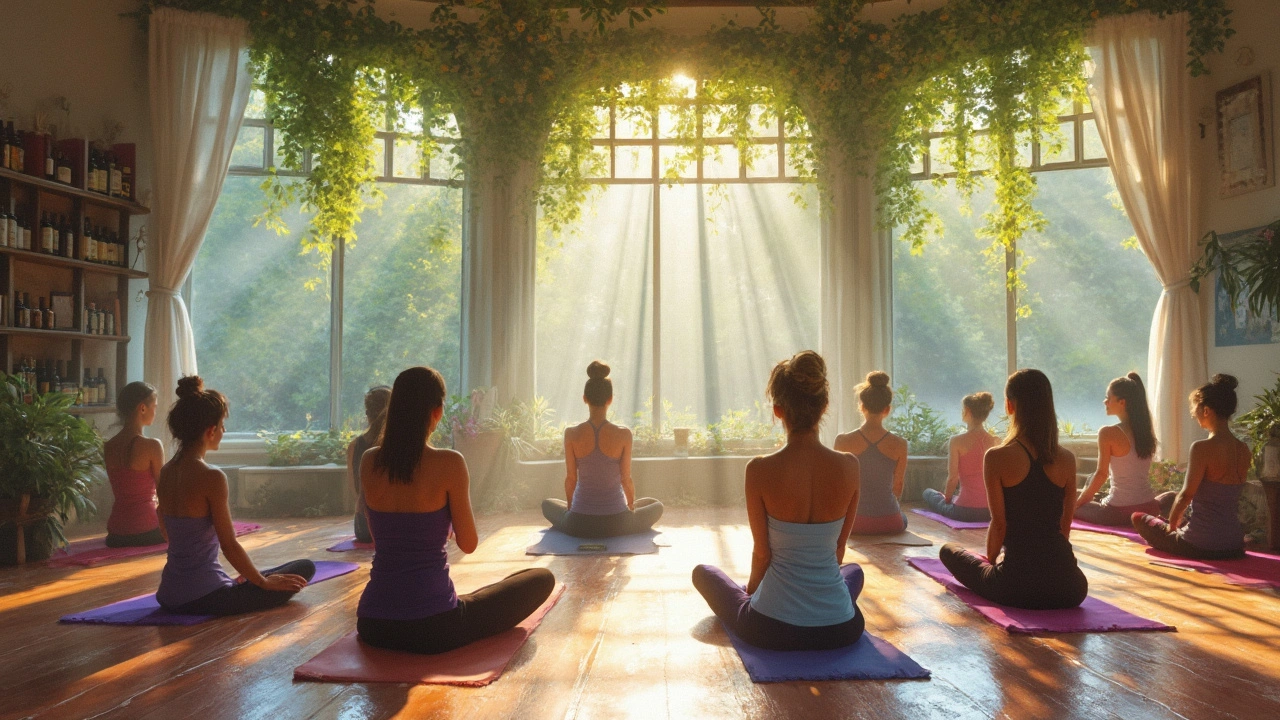Yoga Practice: Simple Routines, Breathwork & Recovery
Want a yoga practice that fits real life? You don’t need an hour every day or fancy gear. This guide gives short, practical steps you can use right away: how to start, what to focus on, and how to recover so you keep coming back.
Start smart: routines and timing
Pick a time you can keep. Morning clears the head; evening eases stress. If you only have 10 minutes, do a gentle flow: cat-cow, downward dog, low lunge, plank, and child’s pose. That sequence warms the spine, opens hips, and activates the core.
Aim for consistency over length. Three 15-minute sessions per week beat one long session. Build around small wins: set a cue (a mat by your bed, a phone reminder), then follow a short plan so you don’t waste energy deciding what to do.
Use props if you need them. A strap helps with hamstring stretches; a block makes standing poses steady. Props keep alignment safe and let you hold poses longer without straining.
Breath, mindfulness, and recovery
Breath is where yoga changes from exercise to practice. Start with 3–5 rounds of deep belly breaths before movement. Match each inhale to lengthen and each exhale to settle deeper into the pose. If you’re stressed, extend the exhale by a count of two—that calms the nervous system.
Add a short mindfulness check-in. Scan quickly: wrists, shoulders, low back. If something hurts sharp or pinchy, back off or use a modification. Yoga shouldn’t cause new pain.
After a session, spend two minutes in Savasana (lying still). That rest helps your body integrate the work and lowers heart rate. If you want extra recovery, gentle self-massage, foam rolling, or a sports massage session can speed muscle repair after intense classes.
Mix yoga with other wellness tools. Pair breathwork with short meditation for focus, or use aromatherapy (a calming lavender spray) to cue relaxation. If you track stress with biofeedback tools, use the data to pick which session suits you that day—restorative on high-stress days, energizing on low-energy days.
Improve over time by varying the practice. Add strength-focused flows twice a week, plus one slow mobility session for joints. Track progress in small ways: hold a balance pose a few breaths longer, or notice less stiffness in the morning.
Keep it simple: a short plan, steady breath, honest rest. That’s a sustainable yoga practice you can keep for years—no perfection needed, just showing up.

Boost Your Yoga Flow with Aromatherapy
Aromatherapy can be a game changer in elevating your yoga practice. This article explores how incorporating essential oils can enhance relaxation, deepen focus, and balance energy during yoga. Discover practical tips and interesting facts on the best oils to use and the science behind their impact. Whether you’re a seasoned yogi or a beginner, learn how to make the most of your sessions with aromatic boosts.
Read More